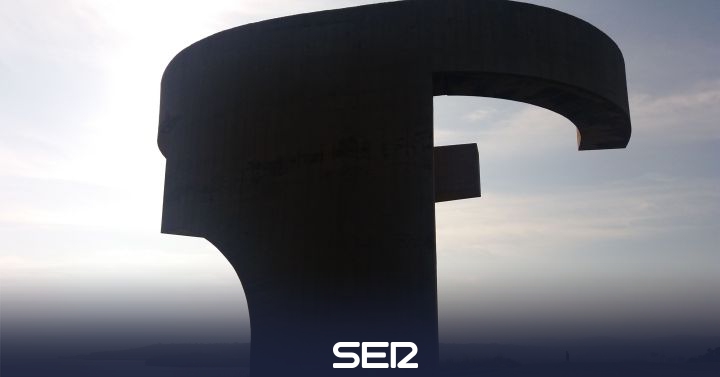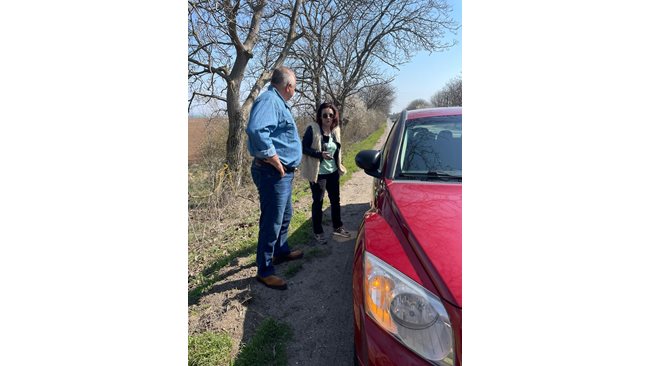The Gijón City Council will begin the review of the Cimadevilla Special Plan, approved on July 2, 1992, including the Protection and Interior Reform of Cerro de Santa Catalina, whose final approval dates from March 1987. The decision is adopted due to the transformations and changes that have taken place in the regulated areas, and also taking into account the current general objectives of regeneration, rehabilitation and urban renewal that derive from community and national regulations.
At present, and given the transformation undergone by the neighborhood, including the knowledge that until today is had of the archaeological and historical reality that underlies it, it is necessary analyze in depth the forecasts of both plans and its subsequent concretion through measures that have made the complex a different space from the one analyzed in its day, 30 years ago.
This analysis will be produced starting from a detailed study of the objectives established in its day to redefine it and formulate proposals for action, improvement and adaptation to the new uses that have been raised by the general transformation of the neighborhood and also of the city. Lhe strategy of uses of Tabacalera, the covered sports court, the continuity of the Jovellanos Birthplace or the implementation of the Advisory Council in the Casa de Nava, are some of the examples to consider, together with the implementation of hotel-hotel uses on the Marina and new cultural spaces such as the old air shelter or the Cerro casemates.
It is also necessary adapt planning at new conditions from accessibility universal, with special incidence in an orography of important slopes in pedestrian transits, which must respond to the growing needs of neighborhood communities, putting public space at the service of citizens.
It will also be essential to include in this review the generation of the Urban Digital Twin, which will allow new techniques for representing information on buildings, green spaces, movements of people and vehicles, or archaeological sites and remains. Models such as the one undertaken in the German town of Herrenberg, will contribute to sustainable urban planning, to increase safety in the neighborhood, both for citizens and for its main defining elements, and will allow Cimavilla becomes the germ of the council’s Total Digital Twin and, therefore, of technology at the service of the city.
–


